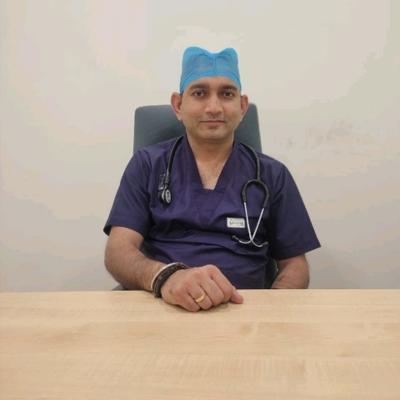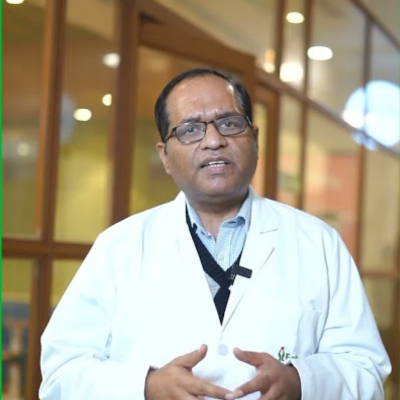Liver Transplant: Types, Procedure, and Documents Required
 30 September,2024
Read More
30 September,2024
Read More
Enquire now in case of any assistance needed
Sclerotherapy Treatment Cost in Greater Noida is between USD 902 - USD 1,202
Hospital Days:
Procedure Duration:
Varicose veins, characterized by enlarged, twisted veins often appearing on the legs, can be more than just a cosmetic concern. They can lead to discomfort, pain, and even more serious medical issues if left untreated. Sclerotherapy is a highly effective non-invasive procedure used to treat varicose veins and spider veins, offering relief and improved quality of life for individuals affected by these vascular conditions.
Varicose veins develop when the valves within the veins weaken or fail to function properly. This leads to blood pooling in the veins, causing them to become enlarged, twisted, and often visible through the skin's surface. While they can occur in any part of the body, they most commonly appear in the legs and feet.
The best candidates for sclerotherapy are individuals who meet certain criteria and have specific characteristics that make them suitable candidates for this procedure. These include:
It's important to note that the final determination of a patient's suitability for sclerotherapy is made after a thorough evaluation by a qualified healthcare provider. They will consider the specific characteristics of the individual's veins, overall health, and medical history before recommending the procedure.
Sclerotherapy is a minimally invasive procedure that involves injecting a solution, known as a sclerosant, directly into the affected veins. This sclerosant irritates the lining of the veins, causing them to collapse and stick together. Over time, the body absorbs the treated veins, redirecting blood flow through healthier veins.
While sclerotherapy is generally considered safe and effective, there are some important considerations and potential risks to be aware of:
Sclerotherapy stands as a valuable non-invasive option in the treatment of varicose veins and spider veins. By offering a highly effective and minimally disruptive approach, it provides relief from discomfort, enhances aesthetic appearance, and ultimately improves the overall quality of life for individuals affected by these vascular conditions. As with any medical procedure, it's important to consult with a qualified healthcare provider to determine the suitability of sclerotherapy based on individual health and specific vein-related concerns.
Senior Consultant
Interventional Cardiologist
Fortis Hospital, Greater Noida
View Doctor Profile Book an AppointmentAssociate Consultant
Cardiologist
Fortis Hospital, Greater Noida
View Doctor Profile Book an AppointmentAssociate Consultant
Cardiologist
Fortis Hospital, Greater Noida
View Doctor Profile Book an AppointmentAdditional Director
Interventional Cardiologist
Fortis Hospital, Greater Noida
View Doctor Profile Book an AppointmentThe Art of Effective Communication
 30 September,2024
Read More
30 September,2024
Read More
 27 September,2024
Read More
27 September,2024
Read More
 26 September,2024
Read More
26 September,2024
Read More
 25 September,2024
Read More
25 September,2024
Read More
 23 September,2024
Read More
23 September,2024
Read More
 20 September,2024
Read More
20 September,2024
Read More



